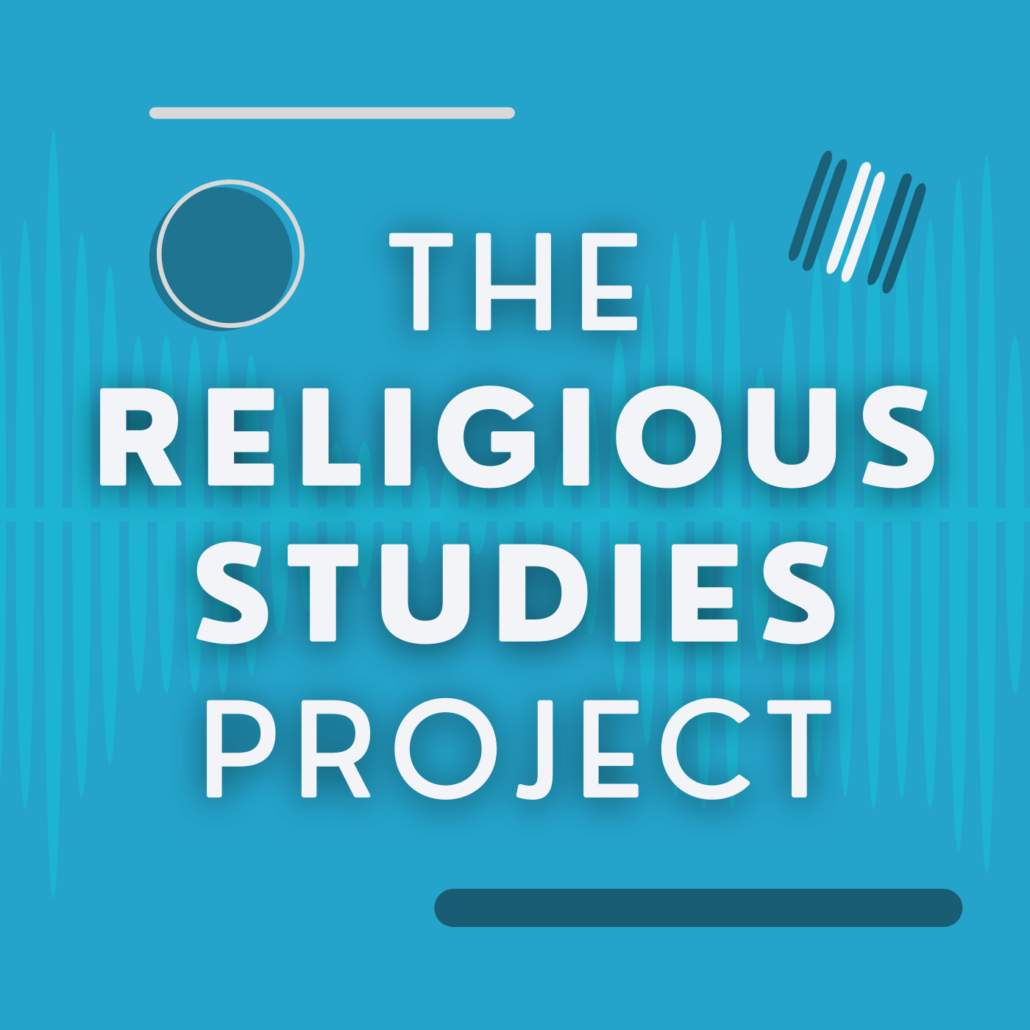A Response to “Drone Metal Mysticism” by Owen Coggins
Francis Stewart
Owen Coggins’ RSP interview for his book (Mysticism, Ritual and Religion in Drone Metal) affords an opportunity to pick up on some areas that he mentions, that really are not engaged with enough in the more dominant discourses surrounding the study of religion. Specifically the embodied nature of aspects of what might be considered “religious” (which itself is a contested and multi-faceted category with no easy definition or application) as can be articulated through the process of sound and sound amplification. In the interview Coggins notes:
[O]ne of the ways that came up a lot was people talking about going to concerts and the air becoming solid, or having a real, physical bodily experience of the sound…it was almost like sound becoming physically mobilised for people, or them kind of engaging with sound in a very physical way.
Extreme music subcultures often have an intense interaction or relationship with sound that takes it beyond a sense based experience to an embodied and sometimes transcendent experience. It is not uncommon in such subcultures to hear participants speak of the horripilating effects, hearts pounding to such an extent you can feel it in your throat, the music wrapping around you or hitting you like a wall, muscles tightening and crying out for movement. The sound can transform the space around you because sound can enable us to appreciate space, especially buildings, beyond the utilitarian and instead to see it as an intimate relationship that we are an integral part of.
Yet sound is more than that, sound is also an indicator of dominant norms in society – including in relation to religion and the bodies that perform religion – yet it seldom, or too seldom, is brought into discourse by scholars on religion. Sound, especially when it is amplified, is an indicator of what is acceptable about religion (or not) in public spaces, what we aurally designate as religious – as thus what we are attempting to control in that designation. For example, there have been increasingly hostile legal challenges to amplified sounds in urban spaces in relation to the broadcasting of the adhan and the ringing of church bells – especially in the USA, but also in the UK to a lesser extent as Isaac Weiner (2014) has detailed.
In muting such sounds from public spaces and embodiment there is a dominance of a particular narrative about the place of religion in the West. It must be contained to the private sphere, and interacted with in specific ways that enforce a particular kind of thinking – that it must be silenced, controlled and given thoughtful cognitive consideration and respect but not interacted with on a material level. Religious sound is therefore confined to specific spaces because it is now deemed “sacred” in a way that means that it cannot be allowed to over-ride “profane” “secular” spaces – either because of the power of sound or because what we consider to be “religion” has to be so tightly controlled and regulated that associated actions are enough to make strong challenges to such assumptions. In reality, of course, this is a privileging of a moving target, or shifting dominant norms that is as much and as little to do with religion as it has to do with race, gender, history, power and politics:
The category of ‘sacred noise’ is hardly stable. As societies change, so, too, can the identity of those sounds – and sound makers – deemed exempt from social proscription. … If making noise freely is a sign of social power, then, we can learn something importance about a given society by attending to these shifting perceptions. (Weiner 2014: 20)
The power to shut sound down, prevent it or contain it within specific spaces is often, unwittingly, derived from Protestant norms – especially in relation to the stripping away of unnecessary “frippery” as they viewed many of the rituals and practices of Catholicism. Increasingly, though, it is about race and nationalism in that it is now determining what is a good religious sound (i.e. acceptable in public spaces) and what is a bad religious sound (unacceptable) which amounts to little more than a consideration of whether a person’s religion makes them a good person / American / European/ Briton etc. These are at best arbitrary designations placed on those deemed “other” by those in charge, but in reality when such designations are allowed in regards to immigration status, job success, or just being allowed to sit peacefully in a Starbucks without the police being called, they are not really arbitrary but rather about social power and norms.
Coggins draws this out in his interview, and his book, in relation to how sound is amplified and regulated as a means of articulating specific narratives about and to religion from within racialized settings. He focuses specifically on Dub music (see also Partridge 2010) – others have written on it from the perspective of jazz (Bivins 2015) or, as I have, on punk rock (Stewart 2017) – and notes the way in which the amplification of sound within that context is linked strongly to the Middle Passage, and the current Afro-Jamaican diaspora. He notes:
[W]orking backwards from there, think about the reasons why there’s such a strong impulse to try and construct these utopias in a very kind of temporary way – just over the course of half an hour recording, or an hour or so of a live concert. So, for example, for dub, in terms of a black Atlantic diaspora wanting to kind-of construct certain ideas about an Afro-centric religion, for example. And I think, perhaps, for drone metal it’s interesting to speculate about what the construction of utopias might say about the social situation of audiences . . . as a response to alienation and disenchantment.
Alienation and disenchantment are themes given significant attention, and rightly so, by religious studies but often in either abstract theoretical terms (as found within the Frankfurt School) or in relation to class, employment and the anger of youth. Rarely is it considered in relation to how sound can be used to articulate a considered response to both in the form of an aural and sonic articulation of utopia, of hope, and of the creation of something new. Scholars of religion would be well served to pay attention to the intricacies of sound and its amplification and regulation as Owen has done so well. To do so not only dislodges and exposes the structures of power that we all contend with or are privileged by to varying degrees, but it also enables a much more nuanced, and thus meaningful, conversation on what we really mean when we talk about “religion”, “secular”, “sacred” and “profane”.
References
Bivins, Jason. 2015. Spirits Rejoice: Jazz and American Religion. Oxford: Oxford University Press.
Partridge, Christopher. 2010. Dub in Babylon Equinox.
Stewart, Francis. 2017. Punk Rock is my Religion: Straight Edge Punk and ‘Religious’ Identity. Routledge.
Weiner, Isaac. 2014. Religion Out Loud: Religious Sound, Public Space and American Pluralism. New York: New York University Press.



